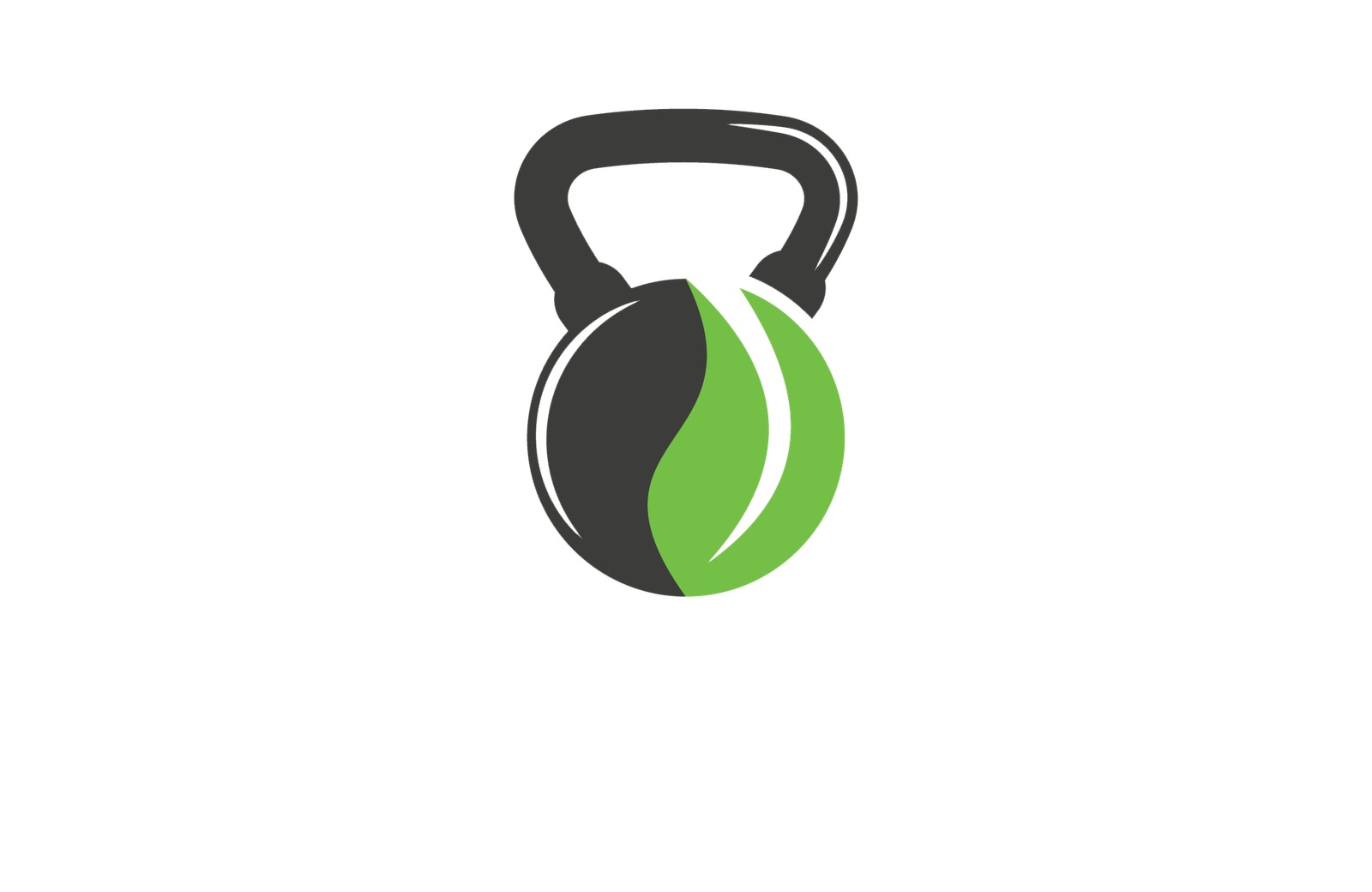Don't miss our holiday offer - 20% OFF!

Safe Lifting Techniques to Prevent Injuries
Discover the essential strategies to safeguard your back and body from lifting injuries, and learn how to lift with confidence and precision.
It is common knowledge that lifting objects can be a part of our daily lives, but improper techniques can lead to injuries. To prevent this, it is essential to maintain proper lifting posture by keeping our feet shoulder-width apart and engaging our core muscles. We should also bend at the knees and use our leg strength to distribute the weight evenly. Before lifting, it is crucial to evaluate the load's weight and size to determine the best approach. By following these safe lifting techniques, we can reduce the risk of injury and stay safe. Now, let's explore more strategies to protect ourselves from lifting injuries.
Key Takeaways
- Maintain proper lifting posture by keeping feet shoulder-width apart and engaging core muscles to reduce strain on the back.
- Evaluate the load's weight and size before lifting to determine lifting capacity and plan the lifting strategy.
- Bend at the knees to distribute weight evenly and reduce strain on the lower back during lifting.
- Keep the load close to the body to maintain control and balance, reducing the risk of injury.
- Stretch regularly to improve flexibility, range of motion, and overall lifting performance, reducing the risk of injury.
Understanding Proper Lifting Posture
As we prepare to lift, we must first establish a strong foundation by maintaining proper lifting posture, which involves keeping our feet shoulder-width apart and our weight evenly distributed between both legs. This allows us to maintain balance and stability, reducing the risk of straining our backs or losing our grip on the object. Next, we need to engage our core muscles to provide additional support and stability. This involves drawing our belly buttons towards our spines and maintaining a slight tension in our abdominal muscles. A strong core will help us maintain good posture and reduce the strain on our backs. Additionally, we should focus on maintaining spinal flexibility by keeping our spine in a neutral position, avoiding any twisting or bending motions. By maintaining proper lifting posture, engaging our core, and preserving spinal flexibility, we can greatly reduce the risk of injury and guarantee a safe lifting experience.
Identifying Heavy Objects Safely
We must evaluate the load's weight and size before attempting to lift, as this critical step guarantees we're prepared to handle the object safely. This involves more than just guessing the object's weight; we need to make an informed decision based on visual cues and available information. Check for load labels or signs indicating the object's weight, which can help us determine if it's within our lifting capacity. Additionally, consider the object's size and shape, as an object's weight can be deceiving. For instance, a large, bulky item might be lighter than expected, while a small, dense object might be heavier than anticipated.
When evaluating the object's weight, we should also consider its distribution. Is the weight evenly distributed, or is it concentrated in one area? This knowledge will help us plan our lifting strategy and adjust our technique accordingly. By taking the time to identify the object's weight and size, we can prevent potential injuries and confirm a safe lifting process. Remember, it's always better to err on the side of caution and seek assistance if we're unsure about the object's weight or our ability to lift it safely.
Lifting Techniques for Heavy Loads
When we're dealing with heavy loads, it's vital that we use the right techniques to avoid injury. We'll focus on three key points to safeguard safe lifting: bending at the knees, using our leg strength, and keeping the load close to our bodies. By mastering these techniques, we can confidently lift heavy objects without putting ourselves at risk.
Bend at the Knees
To lift heavy loads safely, we bend at the knees, keeping our backs straight and our core engaged, which helps distribute the weight more evenly and reduces the strain on our lower back. By doing so, we're able to maintain proper posture and avoid putting unnecessary pressure on our spine. This technique is especially vital when lifting heavy objects, as it allows us to lift with our leg strength rather than relying solely on our back muscles.
From an anatomical perspective, bending at the knees helps to reduce the stress on our knee joints by allowing our quadriceps and hamstrings to absorb the weight. Knee exercises, such as squats and lunges, can also help strengthen these muscles, making it easier to lift heavy loads safely. When we bend at the knees, we're able to maintain a stable center of gravity, reducing the risk of losing our balance or straining our back. By incorporating this technique into our lifting routine, we can substantially reduce the risk of injury and provide a safer, more efficient lifting experience.
Use Leg Strength
By leveraging our leg strength, we can safely lift heavy loads, taking the strain off our backs and reducing the risk of injury. This is because our legs are capable of generating immense power, allowing us to lift heavy objects with ease. To effectively use our leg strength, we need to engage our core muscles, which provides stability and support for our entire body. This core engagement helps to activate our leg muscles, allowing us to lift with confidence and control.
When we use our leg strength correctly, we can distribute the weight of the load evenly, reducing the strain on our backs and preventing injuries. This is particularly important when lifting heavy loads, as it allows us to maintain proper posture and avoid putting excessive strain on our spines. By activating our leg muscles, we can generate the power needed to lift heavy objects, while also protecting our backs from injury. By incorporating leg strength into our lifting technique, we can lift safely and efficiently, reducing the risk of injury and promoting a safer working environment.
Keep Load Close
As we leverage our leg strength to lift heavy loads, we need to guarantee we're keeping the load close to our bodies to maintain control and balance. This is essential because it allows us to adjust our movements quickly if needed, ensuring we don't lose our grip or stumble. Keeping the load close also helps us achieve better load balance, which is vital for preventing injuries. When the load is held close, we can more easily sense its weight distribution and make adjustments as needed.
Safe Bending and Twisting Methods
As we explore safe bending and twisting methods, we'll focus on maintaining proper posture alignment to reduce strain on our backs and joints. We'll also discuss the importance of twisting with caution, avoiding sudden or jerky movements that can throw us off balance. By following these guidelines, we can minimize the risk of injury and guarantee a safer lifting experience.
Proper Posture Alignment
When lifting, we maintain proper posture alignment by keeping our feet shoulder-width apart and our weight evenly distributed on both feet. This helps to maintain spinal health and prevent injuries. Good posture alignment also involves keeping our knees slightly bent, our back straight, and our shoulders relaxed. This allows us to lift with our legs and not our back, reducing the risk of strain and injury.
| Posture Alignment Tips | Benefits |
|---|---|
| Keep feet shoulder-width apart | Maintains balance and stability |
| Keep weight evenly distributed on both feet | Reduces strain on joints |
| Slightly bend knees | Allows for lifting with legs, not back |
| Keep back straight and shoulders relaxed | Maintains spinal health and reduces strain |
Twisting With Caution
We need to be mindful of how we twist and bend, as improper techniques can put unnecessary strain on our backs and joints. When we twist, we're putting our spines through a rotational force, which can lead to injuries if not done correctly. So, how can we twist with caution? To begin with, we need to engage our core stabilization muscles to provide a solid foundation for our movements. This means drawing our belly buttons towards our spines and maintaining a slight pelvic tilt. Next, we should keep our feet shoulder-width apart and our knees slightly bent, allowing us to maintain balance and generate rotational strength. As we twist, we should keep our shoulders down and away from our ears, and avoid jerky or sudden movements. By following these guidelines, we can reduce the risk of injury and develop safe bending and twisting habits. Remember, it's all about control and precision – taking the time to practice proper twisting techniques will pay off in the long run.
Team Lifting Strategies for Success
Four colleagues working together can safely lift a heavy object in about half the time it would take one person, highlighting the importance of team lifting strategies in efficient and safe material handling. When we work together as a team, we can distribute the weight and reduce the risk of injury. However, it's vital that we communicate effectively to avoid Communication Breakdowns that can lead to accidents.
To achieve a successful team lift, we need to establish a clear Lifting Routine. Here are some key strategies to keep in mind:
- Designate a leader to coordinate the lift and provide clear instructions
- Verify all team members are aware of their role and the lifting plan
- Use verbal cues to synchronize the lift, such as 'Lift on three, one, two, three'
Stretching Exercises for Injury Prevention
By incorporating stretching exercises into our daily routine, we can substantially reduce the risk of injury and improve our overall flexibility and range of motion. As we engage in regular stretching, we'll experience flexibility gains, allowing us to move more efficiently and effectively. This, in turn, reduces the likelihood of strains, sprains, and other lifting-related injuries.
When we stretch regularly, our muscles relax, reducing muscle tension and promoting muscle relaxation. This relaxation response helps mitigate the physical demands of lifting, making it easier to perform tasks without fatigue or discomfort. By incorporating exercises that target key muscle groups, such as hamstrings, quadriceps, and lower back muscles, we can improve our overall lifting technique and reduce the risk of injury.
To get the most out of stretching exercises, a crucial step is to hold each stretch for 15-30 seconds, breathe deeply, and avoid bouncing or forcing beyond a comfortable range. By making stretching a priority, we can improve our lifting performance, reduce the risk of injury, and enjoy a safer, more effective lifting experience.
Frequently Asked Questions
Can I Lift Safely if I Have a Pre-Existing Back Condition?
It's acknowledged that having a pre-existing back condition can make lifting challenging, but it's still possible to lift safely by focusing on core strengthening exercises and effective pain management strategies to minimize risks and discomfort.
How Often Should I Stretch During a Long Lifting Task?
We've found that taking frequency breaks every 20-30 minutes to stretch can substantially reduce muscle fatigue. Aim for 5-10 minute stretch intervals to improve circulation and flexibility, allowing us to lift more efficiently and safely.
Can I Use a Back Belt to Prevent Lifting Injuries?
We consider using a back belt to prevent lifting injuries, but it's vital to make certain a proper fitting and regular belt maintenance to reap its benefits, rather than relying solely on the belt for protection.
Are There Any Lifting Techniques Specific to Pregnant Women?
As we navigate pregnancy, we modify our lifting techniques to accommodate our changing bodies; we use pelvic tilts to maintain a stable core and adjust our posture to minimize strain, ensuring a safer, healthier lifting experience.
Can I Lift Safely if I'm Overweight or Obese?
"As we navigate our daily lives, we often wonder, can we lift safely if we're overweight or obese? Fortunately, yes! We can adapt by using modified postures and adaptive equipment to reduce strain and prevent injuries, ensuring a healthier, stronger us."
Conclusion
By mastering safe lifting techniques, we've woven a safety net to catch ourselves from the pitfalls of injury. Like a well-oiled machine, our bodies can lift with ease and precision, avoiding the creaky joints and strained backs that come with improper form. As we bend, twist, and lift, we're not just moving objects – we're safeguarding our well-being. By incorporating these techniques into our daily lives, we're building a fortress of strength, one lift at a time.



